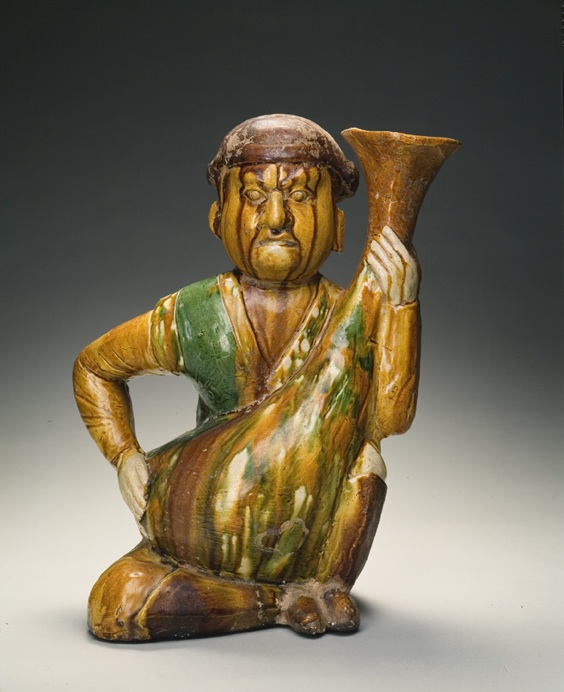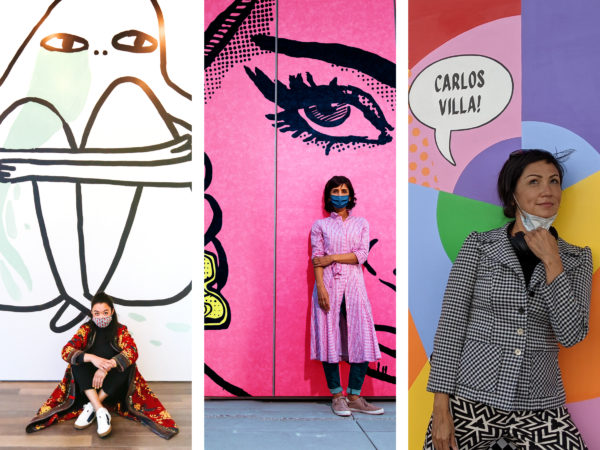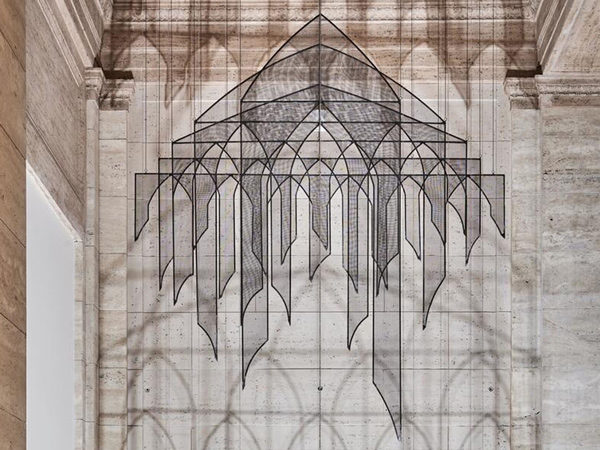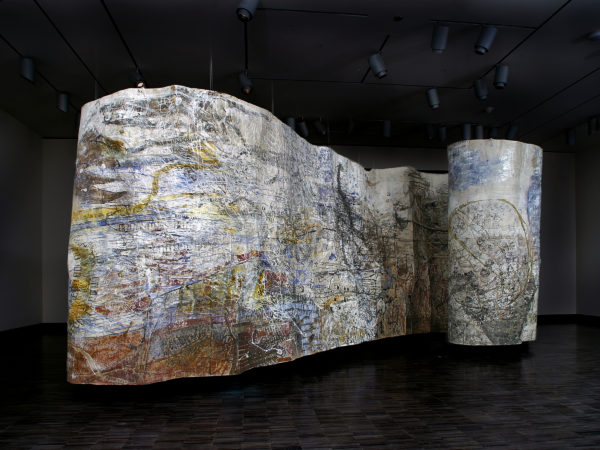Activity
Central Asian wine peddler, approx. 618–906
Central Asian wine peddler, approx. 618–906. China, Henan province. Molded and sculpted earthenware figure with three-color glaze. The Avery Brundage Collection, B60P521.

Central Asian wine peddler, approx. 618–906.
What is this object?
The figure is a Central Asian wine merchant holding a large sack of wine. This object was made to be placed in tombs of the elite during the middle period of the Tang dynasty (618-906). Tang tombs of this type were multichambered constructions, often with passageways and niches where such objects would have been placed after the tomb owner’s body had been interred and funerary rituals completed. Because of the lead glaze, which could be toxic if used in daily activities, such objects would not have been used by the living, but prepared especially for burial.
How was it made?
This object was made from light-colored earthenware clays, partly using molds with added sections that were joined together. The insides were often hollow or had holes to prevent unwanted distortion of the object when fired. The polychrome (multicolored) glaze is called sancai (literally “three colors”), typically made from a lead glaze with mineral pigments of copper (for green), iron (for brown and amber), and cobalt (for blue), and fired at a temperature of about 800–1000 C°. The production of sancai wares flourished between the late 600s and mid-700s, mainly in northern China. Before this period, colors on most ceramics were limited to a relatively finite range of green and brown glazed wares.
How do these objects reflect the life and times when they were made?
Objects such as this work, even though it was intended for burial, give us a colorful view of life during the high Tang dynasty. It makes specific reference to the trade routes. The wine merchant holds a leather wine container. Foreigners, especially Central Asian traders, entertainers, and grooms of horses and camels were frequently depicted in tomb figurines, even before the Tang dynasty. (Interestingly, tomb occupants were not depicted in such figures, but might have appeared on wall paintings). This merchant wears non-Chinese garments, including a small cap, a sleeveless tunic, and boots.







